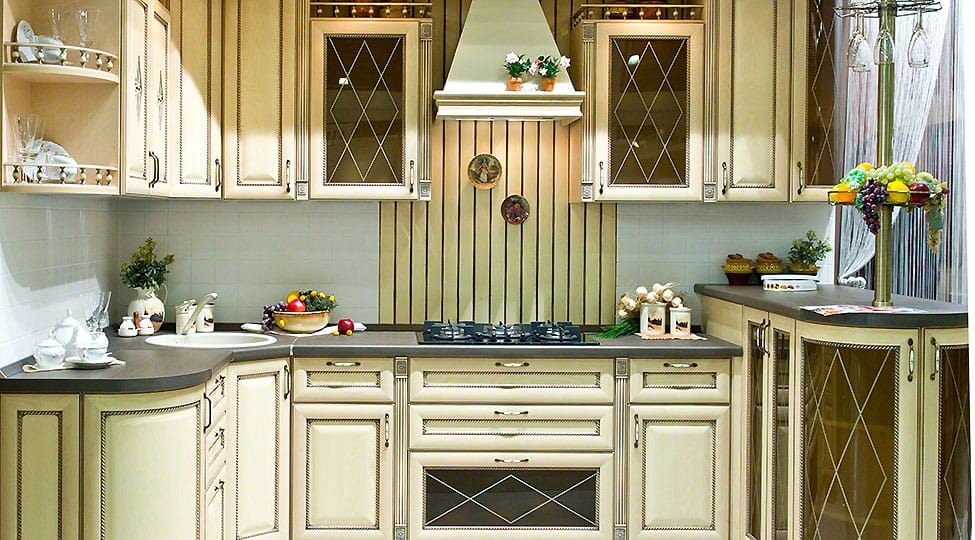
How Are Granite Countertops Made – Journey Of Granite From Mining To Your Kitchen
Granite slabs are a work of art, in real life. How does granite travel all the way from the mining site and to your kitchen? Before you choose any granite kitchen countertop, let’s have a look at the whole process of how it is mined and used as countertops.
The Granite Is Mined
Granite is abundantly found in quarries. Quarries are like shallow mines which are not that deep. They are shallow and found close to the surface. Granite is mined in a procedure, which goes like this. Once the position of granite is identified in the ground, or in quarries, explosives are put in place. The explosives are placed carefully, so that it can carefully expose the granite on the surface, but not too close, to damage the raw granite. Granite, once exposed to the surface, is extracted by hand, or by using small drills to drill holes around the granite to loosen it up from the ground. It can also be cut into blocks with the drills, into desired shapes of blocks, big or small.
They Are Shipped To Different Countries
Once the granite blocks are mined from quarries and the blocks emerge from the surface, the granite blocks are put into huge trucks, and are sent to different countries all around the world. Mostly, granite is found in abundant quantities, in Brazil. From Brazil, the blocks of granite are sent to countries like Italy, China, India, etc. In these countries, they are converted from blocks to slabs. How? That is described in the next step.
It Is Formed Into Slabs
Countries which are sent granite blocks, essentially from Brazil, are sent to different facilities, where the blocks are converted into slabs. There are specialized machines, which cut the blocks of granite into different dimension blocks with varying thickness. The thickness range, which most commonly is 2 cm and 3 cm. The length of the blocks is variable with different facilities. Some cut them into one foot blocks, some will cut them into12 inch blocks, it depends on what dimensions are set in the machine beforehand. Since granite is hard, they are usually cut by diamond blades. Diamond, since it is the hardest material on earth, it cuts the granite efficiently. But still, it takes 1 hour to cut the block of granite into slabs of different sizes.
The Granite Slabs Are Polished
Once the granite blocks have been cut into slabs, they can be polished. Polished granite removes the upper and murky surface of the granite, to make it look shiny, lustrous and polished. The facility contains buffers, which are like huge rotating nail files, the granite slabs go through the buffers, and buff off the upper surface of the granite slabs. The reason why granite has to be converted into slabs before buffing them is because the machine which performs the buffing, only allows slabs or rectangular shapes to go through it. Blocks are harder to buff and polish because they are huge and asymmetrical in shape, so some spots can be missed. Slabs are easily polished with large buffers. After being buffed, they are run under water to remove the debris. Then they are dried off before being sent out to manufacturers and suppliers.
It Is Supplied To Manufacturers
Once the granite is cut into slabs, nicely buffed and polished, they are ready to be sent out to manufacturers, suppliers and granite fabricators. The facility is usually acquainted with a number of retailers, who they send the granite to. Mostly, the facility sends off slabs in a bundle of 6 or 7 slabs. During polishing, some of the slabs can get broken, and they cannot be suitable for selling. So, they are also sent to retailers as samples. The retailers can keep the samples for exhibiting to the buyer. The buyer can have a good idea of what the actual slab looks like. So, basically nothing goes to waste, which is a great thing.
There you have it! Now you know all about how granite is made, how it is made into slabs and how it comes in your kitchen. Lastly, if you are choosing a granite countertop installer Durham NC, ask for portfolio or search them online or on social media before selecting.
